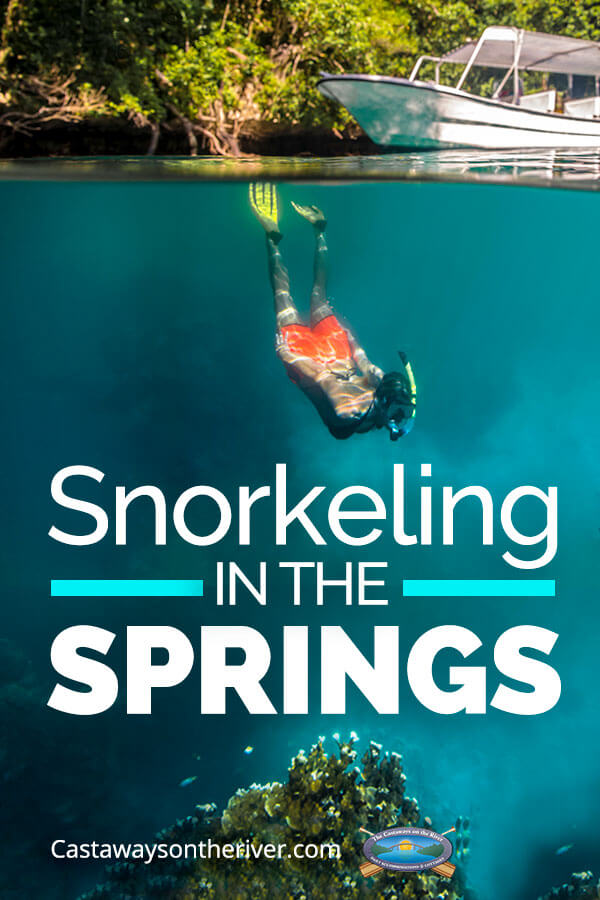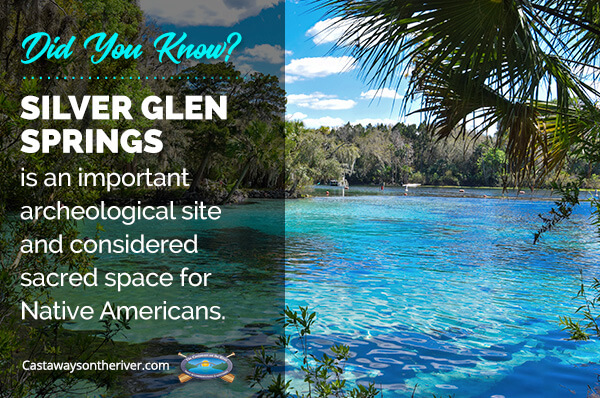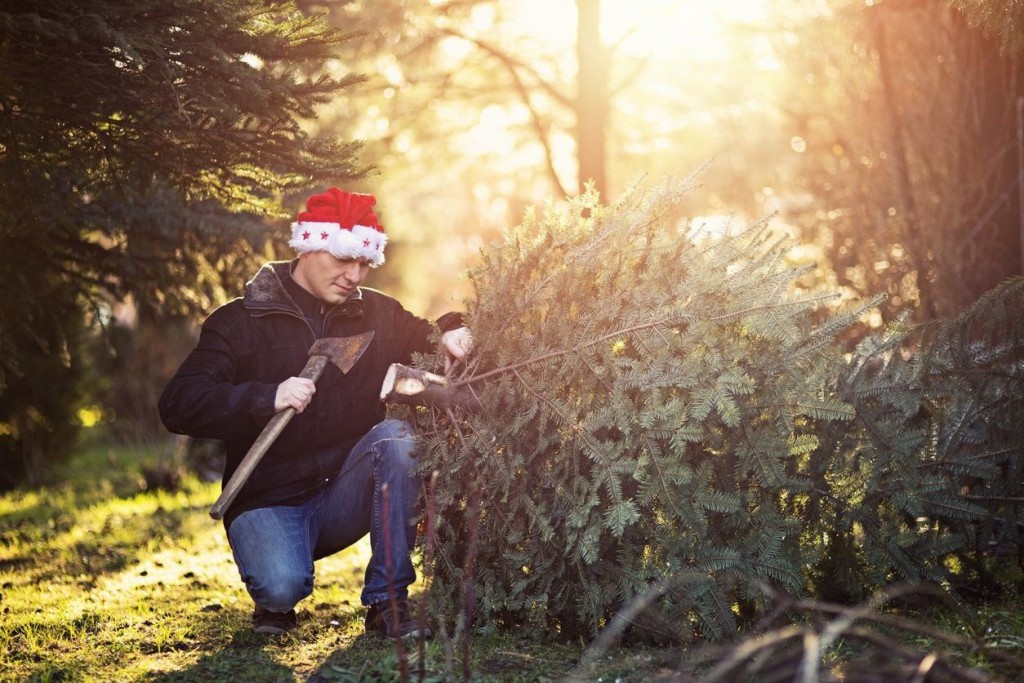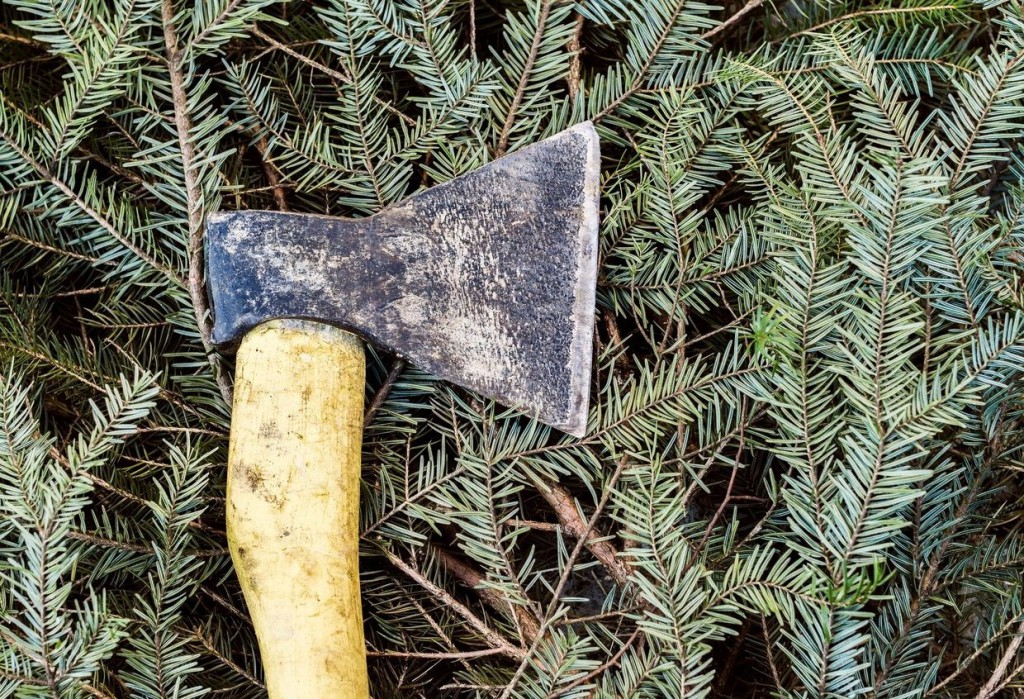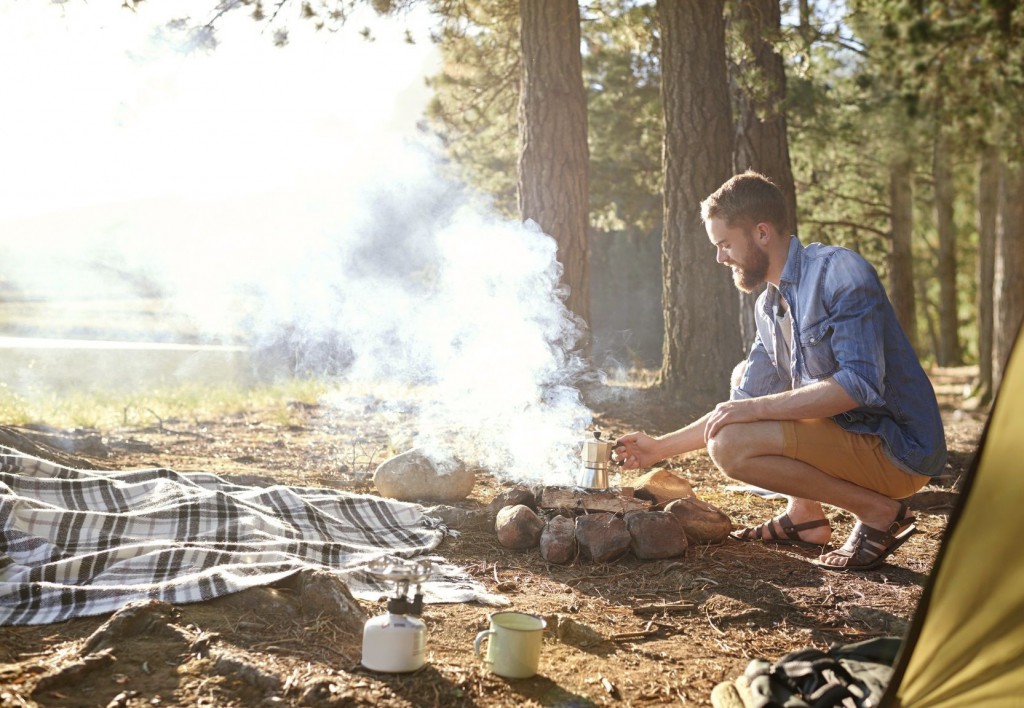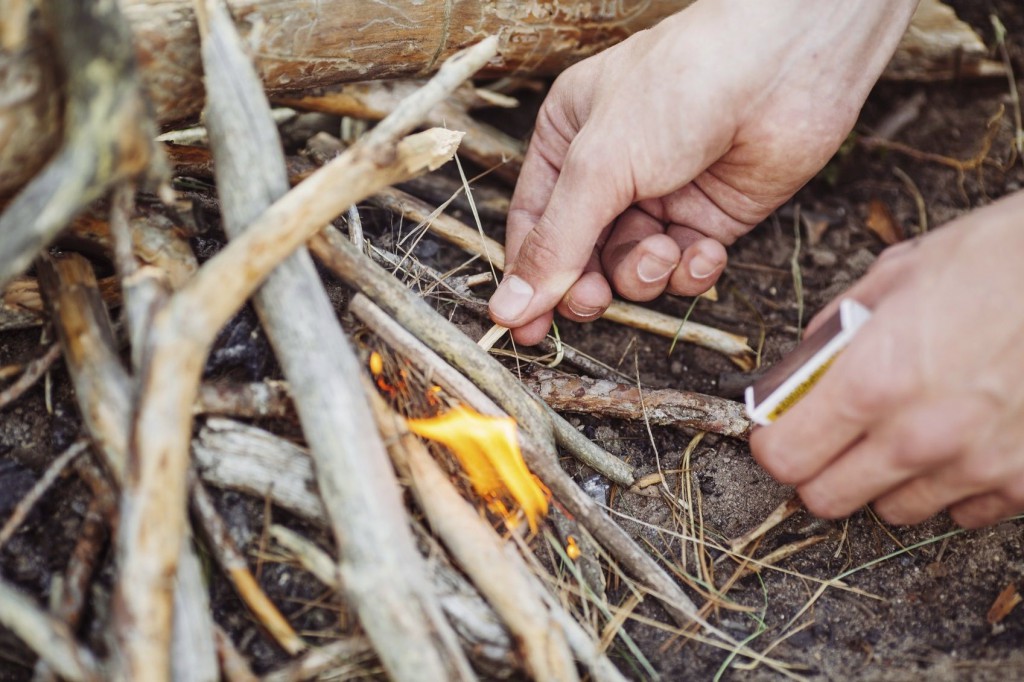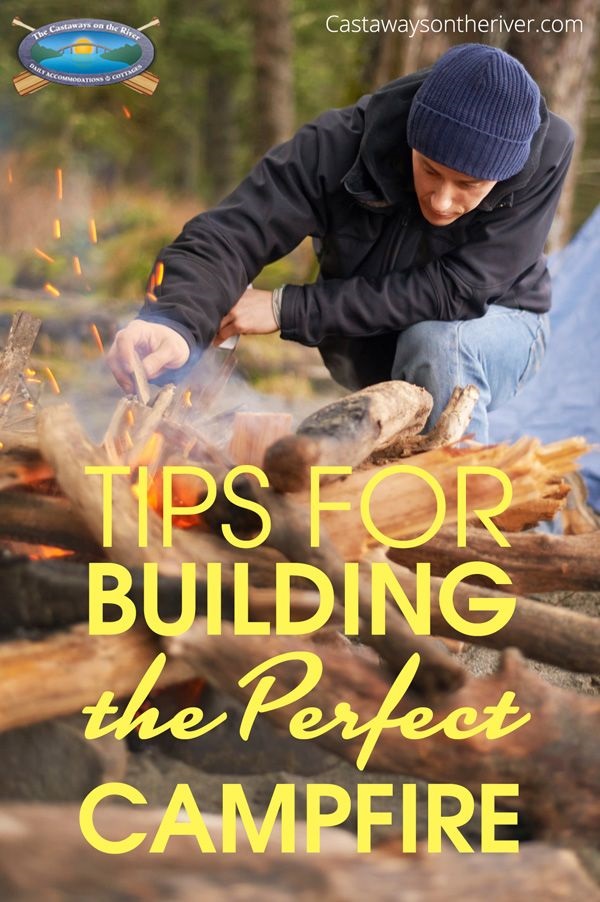The network of freshwater springs along the St. Johns River in the Ocala National Forest provides visitors with spectacular opportunities to explore this unique environment and the life that thrives there. Snorkeling in the springs is a popular way to get an up close view of this underwater paradise.
Visitors are drawn to snorkeling in the springs along the St. Johns River since the crystal clear water maintains a constant average temperature of 72 degrees year round. And be sure to do your homework ahead of time to learn whether snorkeling is permitted in a particular spring.
Snorkeling vs. Scuba Diving
While snorkeling is permitted in a majority of the freshwater springs in the Ocala National Forest, those same springs largely prohibit scuba diving. So what’s the difference in the two activities?
Snorkeling – uses a snorkel tube that extends above the surface of the water for breathing while the face is submerged.
Scuba diving – the diver is equipped with an independent source to breathe while totally submerged underwater.
In addition to a snorkel tube, those wanting to take part in the activity should also be outfitted with:
Mask – properly fitted so you can see clearly while underwater.
Fins – a set of fins to move around better in the water like the fish.
Optional equipment may include a wet suit, snorkeling vest and additional gear designed to block the sun.
Springs for Snorkeling
Snorkelers flock to the popular Silver Glen Springs off the northern shore of Lake George in the Ocala National Forest. The spring is located north of Astor, Florida and is known for the sightings of manatees warming up in the winter. Silver Glen Springs produces an average 65 million gallons of water each day from two vents. The spring is home to a wide variety of fish.
Did You Know: Silver Glen Springs is an important archeological site and considered sacred space for Native Americans?
The depth of Silver Glen Springs is shallow in comparison to other springs in the region so children can explore it too. A number of other great springs for snorkeling in the area include Juniper Springs and DeLeon Springs.
While snorkeling consider taking photos of what all you see underwater to capture the moment. A good waterproof camera can come in handy.
Getting To the Springs
Most of the freshwater springs along the St. Johns River in the Ocala National Forest are best reached by boat. In case you are wondering when you’ve arrived at the actual spring, most are marked with signage as you enter the spring run. However a sure sign that you are close to a spring is that the water will appear crystal clear and seem to bubble to the surface. In fact that’s exactly what it’s doing as it flows from the spring head.
Snorkeling From The Boat
Coming to visit us in Astor soon and you want to plan a couple of fun days in the area? Make sure to reserve a boat to enjoy the St. Johns River and get ready for snorkeling in the springs. Castaways On The River in Astor, located on the edge of the Ocala National Forest, also offers accommodations either quaint cottages or spacious motel rooms. Contact Castaways On The River at (352) 759-3442 or to reserve a rental boat, a cottage or hotel room or need assistance with other plans.
